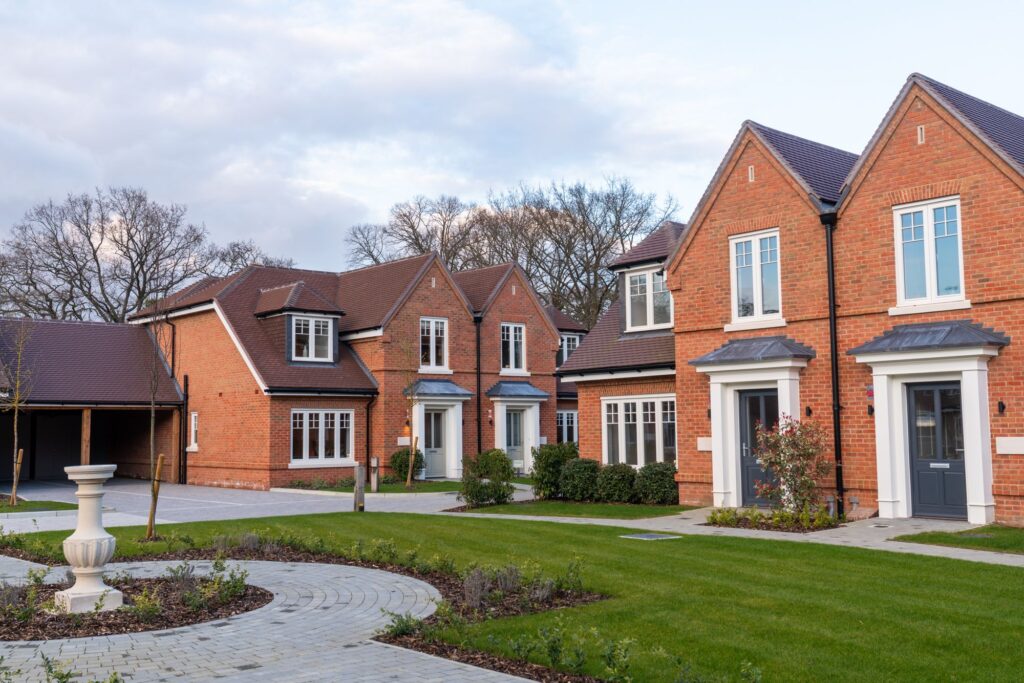UK house sales fall whilst the average UK house price rises

With 2021 rapidly coming to a close, news of UK house sales falling by 52% in October combined with the continued disruption to the global supply chain causing new developments to be delayed has caused some concerns in the UK housing market. The global supply chain issues have caused a worryingly low amount of available stock for the UK house market – subsequently raising the average UK house price by 0.9% in. There continues to be an unbalanced supply and demand level in the UK housing market, but is this due to change going into 2022?
David Hannah, principal consultant at Cornerstone Tax discusses the 52% decrease in UK house sales- combined with the increase of the average UK house price what’s next for the housing market, the current supply and demand trend and not to panic despite the recent decrease of UK house sales.
Glass half empty or half full?
With recent news of UK house sales falling by 52% in October (following the end of the SDLT holiday), combined with the recent news of the average UK house price rising by 0.9% in November, there are clear signs of a higher demand from buyers mixed with a continued decrease in supply of available properties. The 0.9% increase in UK house price in November means that average UK house prices are now 10% higher than last year- taking the average UK property value to £252,687, meaning that house prices have risen 15% above levels seen in March 2020 (when the coronavirus pandemic first struck the UK).
The buoyant activity within the UK housing market appears to be, in part, due to the reduction of the supply of houses available to buyers, however the 52% slump in UK house sales can be attributed to the end of the SDLT holiday – with buyers no longer being able to take advantage of the unique opportunity. The continued impact of worldwide supply chain issues has been a significant factor affecting the UK house markets supply.
David Hannah, principal consultant at Cornerstone Tax, discusses the outlook of the 2022 rural and city property market:
“I don’t think it’s a surprise that we have seen the recent 52% decrease in house sales in October, due to the end of the SDLT holiday, and I don’t think it’s anything to worry about, we haven’t yet seen the SDLT figures from November, so we can’t say whether this will be a massive deal, but what there is sign of is a significant drop in stock.
“The UK housing market continues to battle obstacles, with the disruption to the global supply chain continuing, a shortage of building materials has occurred, meaning delays in the commencement and, indeed, the completion of many residential housing projects. This doesn’t seem to have discouraged buyers however, with most new developments (particularly those outside cities) already selling off plan, even with completion dates as late as May 2022 they are already being sold.
“The inbalance between supply and demand has, inevitably, raised the average UK house price, we saw a 0.9 increase in November, taking the average UK house price- which now stands at £252,687, to a new high. It is unclear whether the average UK house price will continue to climb throughout 2022, as we have seen in 2021.
“A solution to the global supply issues will cause an increased supply of new builds, providing the UK housing market with some much-needed extra stock, which should subsequently decrease the average UK house prices, but there are many obstacles facing the UK housing market now which has caused a lot of uncertainty”




